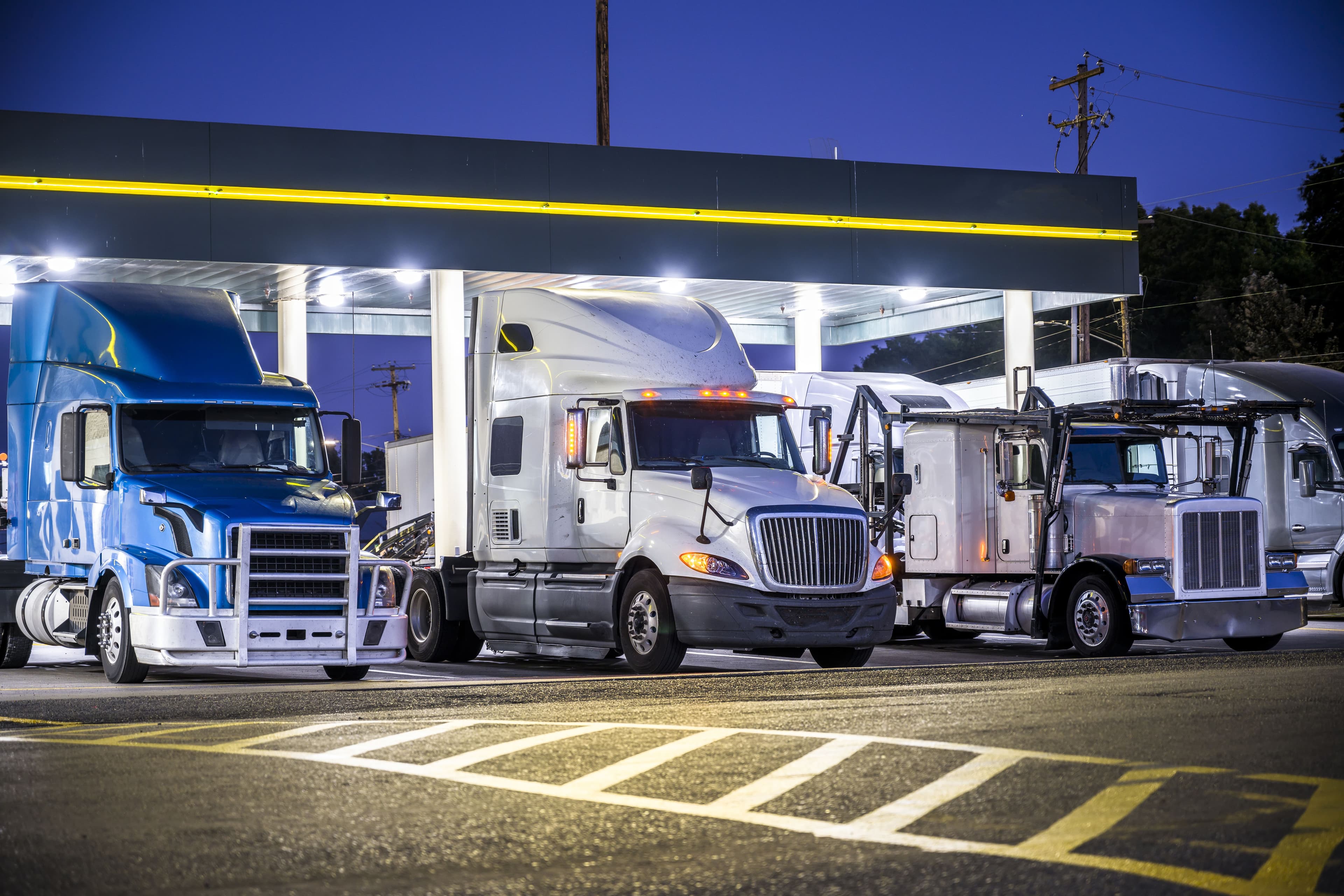How AI in Transportation will Accelerate Strategies in 2026

Trending
Top Posts
5 min read
September 4, 2020

Share:
Table of contents
Browse the table of contents to jump straight to the part you’re looking for
The challenge of navigating marine fuel spend is not new, but the recent marine fuel changes brought on by IMO 2020 and other outside market events are magnifying the distortions in marine fuel reimbursements. Shippers need to adapt the way they approach this important cost component of their international shipping spend to ensure accuracy and transparency in their budgets.

Consider a few of the world’s most traveled trade corridors – the Trans-Pacific lanes from Asia to the U.S. West and U.S. East Coast. In Q1 2020 bunker adjustment factor (BAF) pricing on these lanes fluctuated dramatically across carrier programs. Across 10 different carrier programs, the bunker price for a 40-foot container (FEU) going to the West Coast ranged from $270 to $570 per FEU. On the East Coast, the difference is even more pronounced when comparing 2020 BAF programs – with a range between $400 to $1,100 per FEU.
Where does this significant variance come from? How are shippers supposed to manage costs when they cannot see into them? When it comes to standard procurement practices, remember: nowhere else in your supply chain is it acceptable for pricing to demonstrate this degree of variance.
Even more perplexing are the BAF variances that exist within carrier alliances that often share vessels within Trans-Pacific trade. In one alliance that services the west coast there is more than a $110 difference among the respective carriers. On the east coast, the difference is once again more pronounced with more than $180 difference among respective carriers.

When comparing numbers for the U.S.’s East and West Coast carriers take drastically different approaches to account for the increased distance and fuel consumption within their 2020 BAF programs. After examining 9 different carrier programs, the disparity becomes evident. One carrier requires just over $150 per FEU in additional fuel to go to the east coast compared to the west coast, while another is asking more than $570 per FEU. On a percentage basis, that works out to be an increase of nearly 60 percent and 130 percent respectively.
Another counter-intuitive observation of the post-IMO 2020 landscape is the BAF pricing associated with carriers utilizing exhaust gas cleaning systems, otherwise known as scrubbers. Carriers who have strategically invested in scrubbers for their vessels are still able to use the heavy IFO380 fuel, which is $100-$200/MT cheaper than very low sulfur fuel oil (VLSFO) options of other vessels—which would ideally translate to lower BAF pricing.
On the contrary, these carriers have some of the highest BAF numbers among their peers. This suggests these carriers are looking to recoup the investment costs of their scrubbers in their BAF programs in lieu of transparent fuel cost programs. The projected payback period for the largest vessels could be as small as one to two years should HSFO to VLSFO differentials remain as wide as they are at present.
Though the large discrepancy in prices is a direct response to IMO 2020, this variability existed before it and will continue to endure long term if shippers do not take appropriate measures to mitigate it.
When met with drastically different BAF pricing from carrier to carrier, even with similar vessel types, shippers should question whether these programs are fair, accurate, and based on valid data. Transparency is imperative to ensuring BAF programs are both equitable and reflective of current market conditions. The risk associated with inaccurate and opaque pricing mechanisms is far too great for shippers to gamble, and far too time-consuming to navigate on a regular basis.
Running an ocean tender while modeling multiple different carrier fuel programs is both difficult and time-consuming. It also leaves too much to chance, not fully understanding how each of those BAF programs will react to changes in fuel prices. Some could move inconsistently, aggressively, or just be confusing. For the best results, shippers should enable third parties to cut through the noise on their behalf to promote a better way to advance your 2020 BAF strategy.
Breakthrough Marine Fuel Recovery is the only fuel reimbursement program on the market that offers accurate, unbiased, and market-based pricing data for maritime freight to improve your experience with fuel reimbursements. With core tenets that prioritize transparency, removing distortion, and creating equitable reimbursements for all parties, shippers can confidently navigate contracts with carriers who provide exceptional service.
Shippers and their carriers deserve a transparent picture of the cost, consumption, and emissions needed to move freight. For more information about Breakthrough Marine Fuel Management and how it can elevate your maritime shipping strategy, contact us.

5 min read
December 30, 2025
Build a robust fuel procurement strategy to control your fleet’s fuel costs. Our guide covers data analysis, sourcing tactics, and operational efficiencies.
Read more
8 min read
December 23, 2025
Navigate fuel surcharge rates with our expert guide. Discover how to calculate fair reimbursements and overcome the limits of traditional fuel surcharge models.
Read more
5 min read
December 16, 2025
Explore the draft V2.0 SBTi corporate net-zero standard. Learn about new guidance on biofuels, EACs, and scope 1 and 3 emissions to reach net-zero by 2050.
Read more